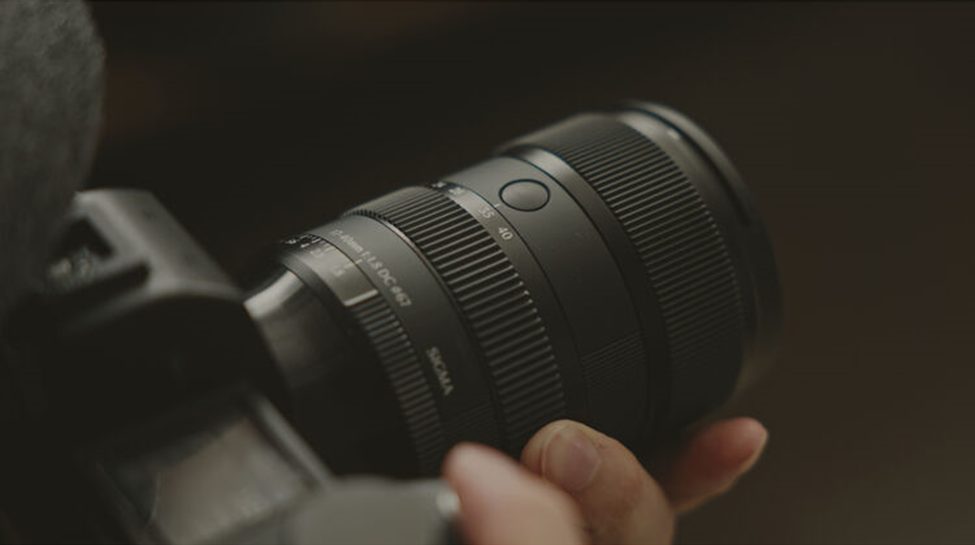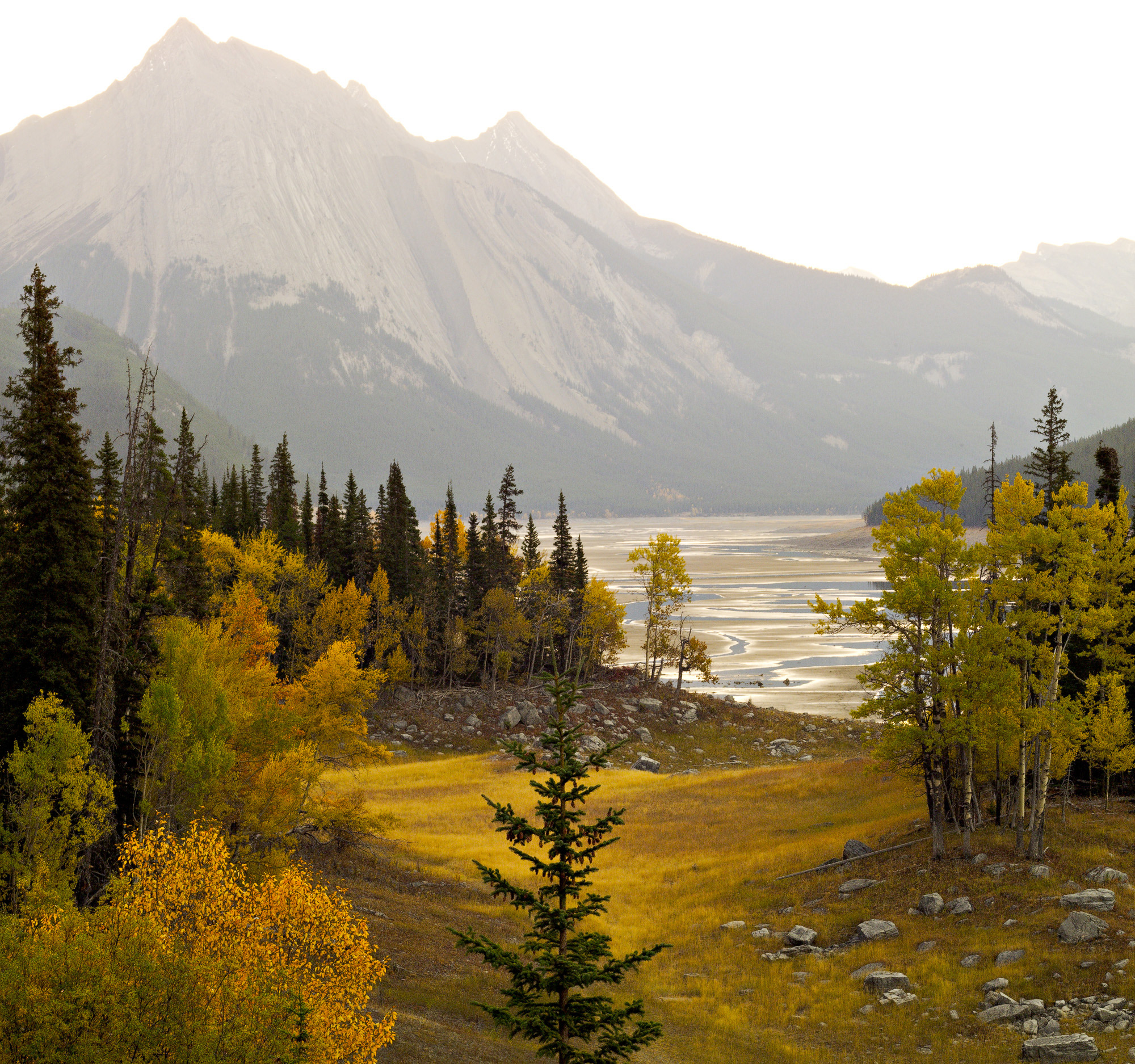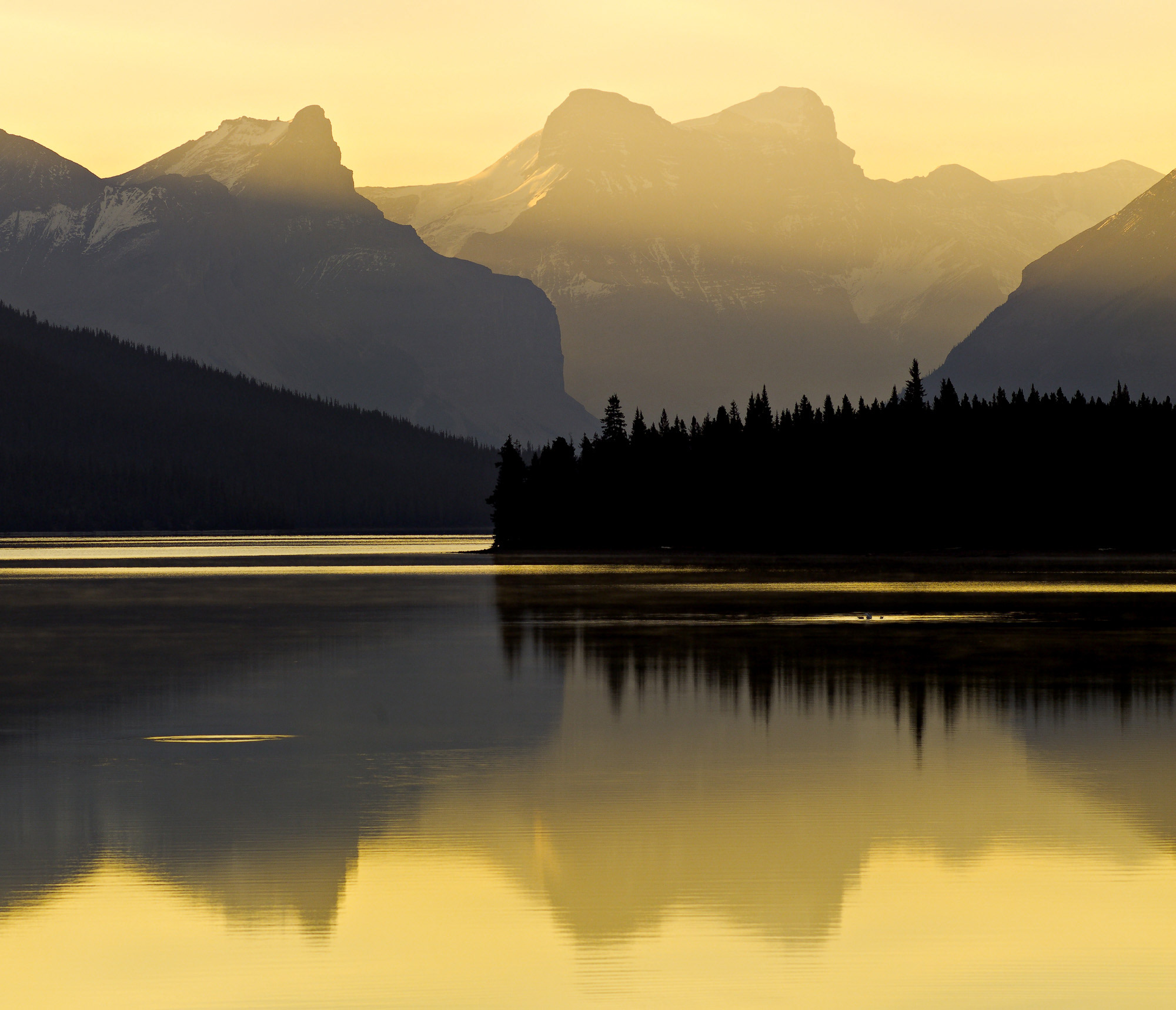When Everyone Wrote Off APS-C, Sigma Doubled Down
The photography world was buzzing on June 17, 2025, but not for the reasons anyone expected. While camera companies seemed laser-focused on full-frame dominance and smartphone competition, Sigma quietly dropped something big that sent APS-C communities into collective celebration: the 17-40mm f/1.8 DC Art.
The reaction was immediate and telling. “Oh sh no way!!! What a crazy a* lens,” exploded one Fuji shooter on Reddit. Another Canon user rejoiced, “These make me so happy, Canon APS-C will have much better options… Sigma is making every photographer happy.”
But here’s what makes this release truly daring: it’s Sigma’s first Art-series lens for APS-C mirrorless since 2016. Nearly a decade of industry chatter suggesting crop sensors were a dying format, and Sigma responds by engineering what many considered impossible – a constant f/1.8 standard zoom that doesn’t weigh as much as a small child.
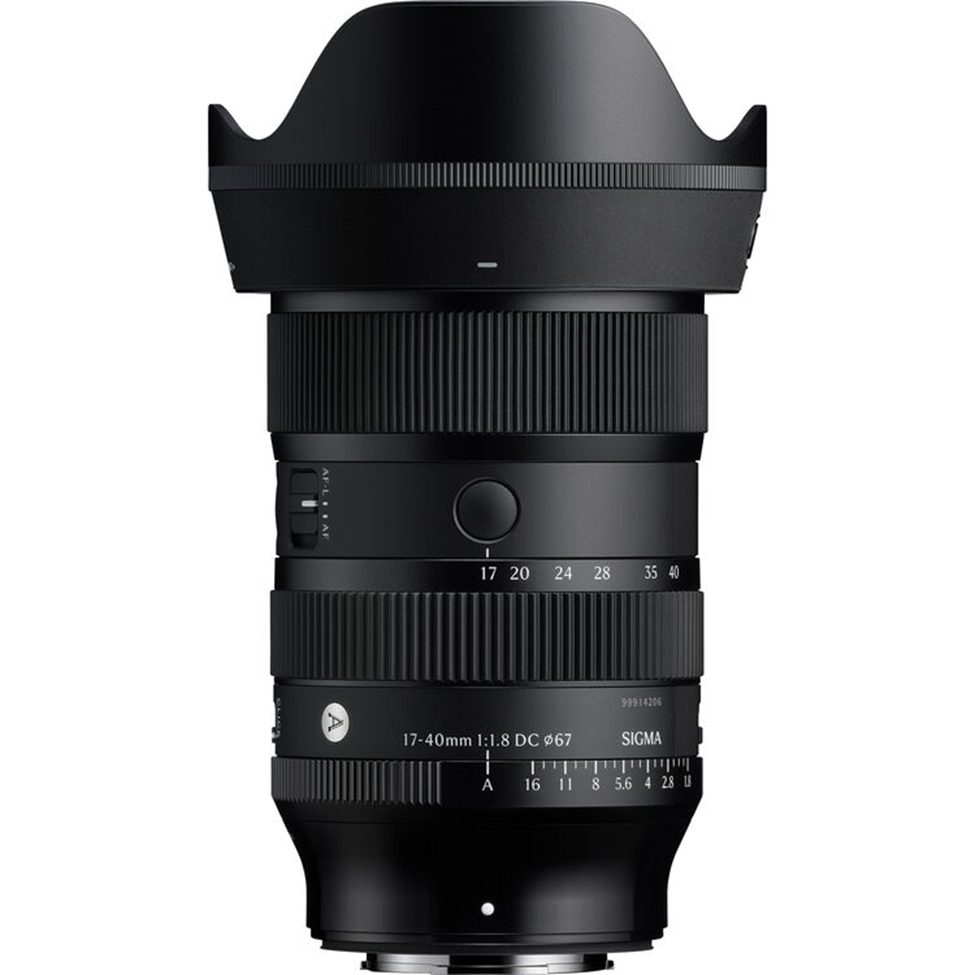

The Engineering Achievement Everyone Said Couldn’t Happen
Let’s talk about why this lens shouldn’t exist. Physics has some pretty firm opinions about fast zooms, especially wide-angle ones. The amount of glass required to maintain f/1.8 from 17mm to 40mm typically results in lenses that make your arms hurt after a day of shooting.
Remember Sigma’s own 18-35mm f/1.8 from 2013? That brick weighed 810 grams and earned the nickname “Sigzilla” among video shooters who loved and hated it.
Sigma’s engineers apparently took that challenge personally. The new 17-40mm f/1.8 tips the scales at just 535 grams – a remarkable 30% weight reduction while actually expanding the focal range.
They achieved this through a sophisticated optical formula: 17 elements arranged in 11 groups, including four SLD (Special Low Dispersion) elements and four aspherical elements. It’s designed to deliver what Sigma boldly claims is “prime-like image quality” across the zoom range.
The aperture mechanism features 11 rounded blades for smooth bokeh rendering, while Sigma’s Super Multi-Layer Coating tackles flare and ghosting. Most impressively, the entire zoom operation is INTERNAL – the lens doesn’t extend when you zoom, keeping the center of gravity constant and preventing dust from getting in there. For videographers working with gimbals, this feature alone is huge as they won’t have to rebalance changing focal lengths.
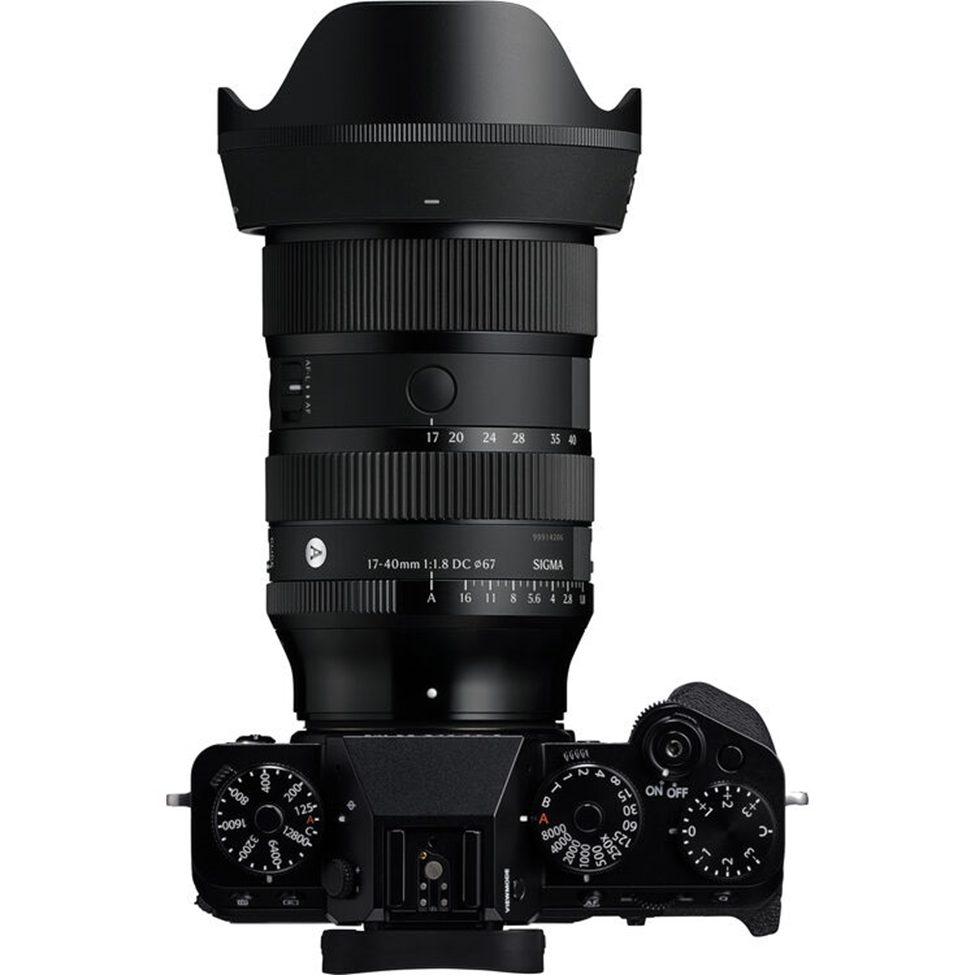

The Technical Reality Check
Here’s where we need to be honest about trade-offs.
That impressive size reduction didn’t come free. Like many modern mirrorless lenses, the 17-40mm relies heavily on digital distortion correction. Lab tests show fairly strong barrel distortion at 17mm and some pincushion distortion at 40mm – distortions that camera profiles automatically correct.
For 99% of users, this is invisible. But architectural photographers and purists who prefer optical perfection might find this approach perhaps a little philosophically troubling.
The lens also lacks optical image stabilization, though this decision makes sense given that most target cameras (Sony a6700, Fuji X-T5, Canon R7) now feature capable in-body stabilization systems.
Sigma clearly bet that the f/1.8 aperture would allow fast enough shutter speeds to minimize camera shake concerns or wide enough it wouldn’t matter much.
We also need to talk about the mount situation. While Sigma covers Sony E, Fujifilm X, L-mount, and Canon RF-S, Nikon Z shooters are left out in the cold. This feels like a strategic oversight, especially given Nikon’s renewed commitment to their Z50 and upcoming APS-C bodies. Perhaps we could see a Nikon release coming out a little later.
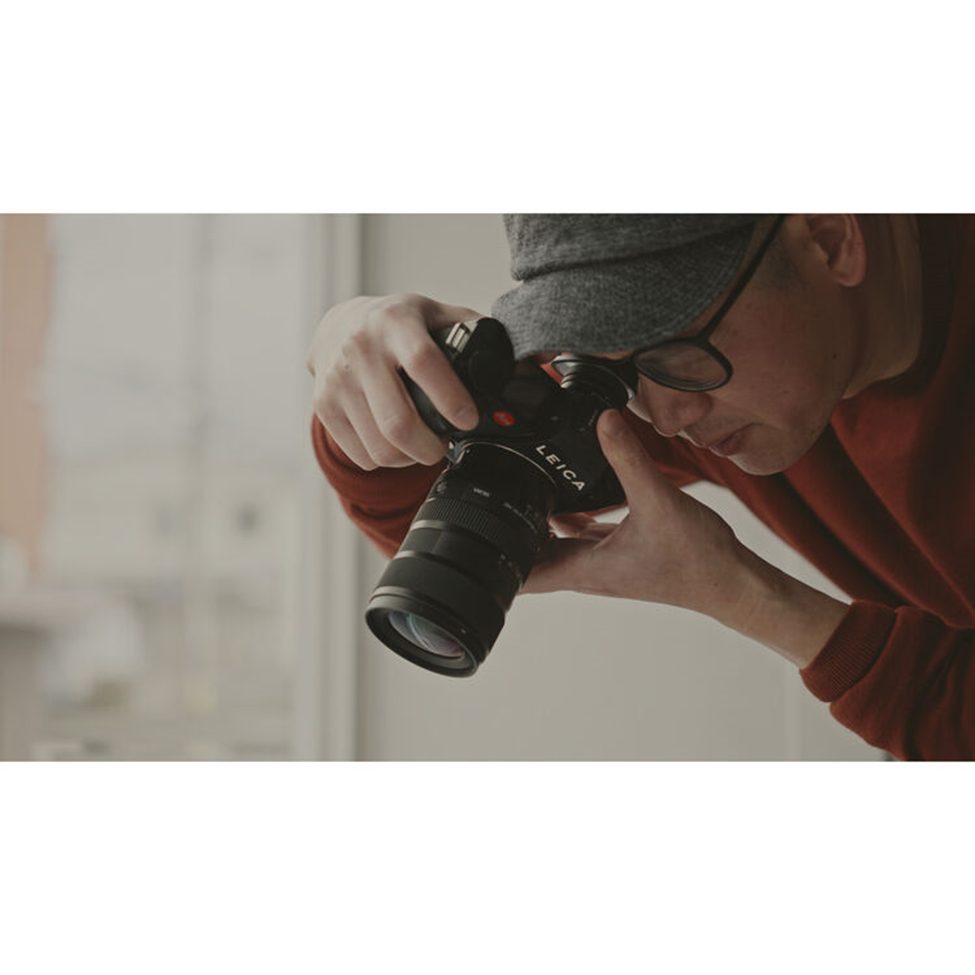

The Equivalence Debate That Misses the Point
Predictably, some full-frame evangelists have tried to diminish the excitement by invoking “equivalence math.” The argument goes that APS-C f/1.8 delivers depth of field and noise performance roughly equivalent to f/2.7-2.8 on full-frame, making it less impressive than the specs suggest.
This misses the forest for the trees. Yes, a Canon RF 24-70mm f/2.8 on an R5 might deliver similar or better absolute image quality. But that combination weighs nearly twice as much, costs significantly more, and still can’t match the creative possibilities that f/1.8 opens up within the APS-C ecosystem.
The 17-40mm gives crop-sensor shooters unprecedented shallow depth of field control in a single, manageable package.
More importantly, it validates APS-C as a serious format rather than relegating it to “beginner” status.
Where This Lens Truly Shines
Early reviews confirm that Sigma largely delivered on their promises. Digital Camera World’s lab tests found the lens “impressively sharp even at f/1.8, from the center of the frame right out to the extreme edges.” The slight corner softening at 17mm wide open is hardly shocking for such a fast wide-angle design, and stopping down even slightly yields excellent results across the frame.
The autofocus system deserves particular praise. Sigma’s new HLA (High-response Linear Actuator) motor provides fast, silent focusing that early testers describe as significantly improved over the hunting and hesitation that plagued the adapted 18-35mm on mirrorless bodies.
Focus breathing is minimal – a crucial feature for videographers who need consistent framing during focus pulls.
For video work, the feature set reads like a wish list: internal zoom, de-clickable aperture ring (on most mounts), minimal focus breathing, and dual customizable AFL buttons positioned for both landscape and portrait orientations.
These AFL buttons can be programmed through your camera to trigger different autofocus modes, lock focus, or activate eye detection – basically giving you quick access to focus functions without taking your eye off the viewfinder. The lens transforms APS-C cameras into credible cinema tools without the bulk traditionally associated with fast glass.
The Real-World Impact
At $919, the 17-40mm f/1.8 sits in interesting territory. It’s not cheap, but it’s priced below many full-frame f/2.8 zooms while offering superior speed. For APS-C shooters, it can effectively replace multiple prime lenses – imagine carrying the equivalent of 24mm, 35mm, and 50mm f/1.8 primes (in full-frame terms) in a single, weather-sealed package.
This matters most for hybrid shooters working in challenging conditions. Wedding photographers using Canon R7 bodies can now handle dim church ceremonies without flash. Travel photographers can pack lighter while maintaining creative flexibility. Documentary filmmakers get cinema-level tools without cinema-level bulk or cost.
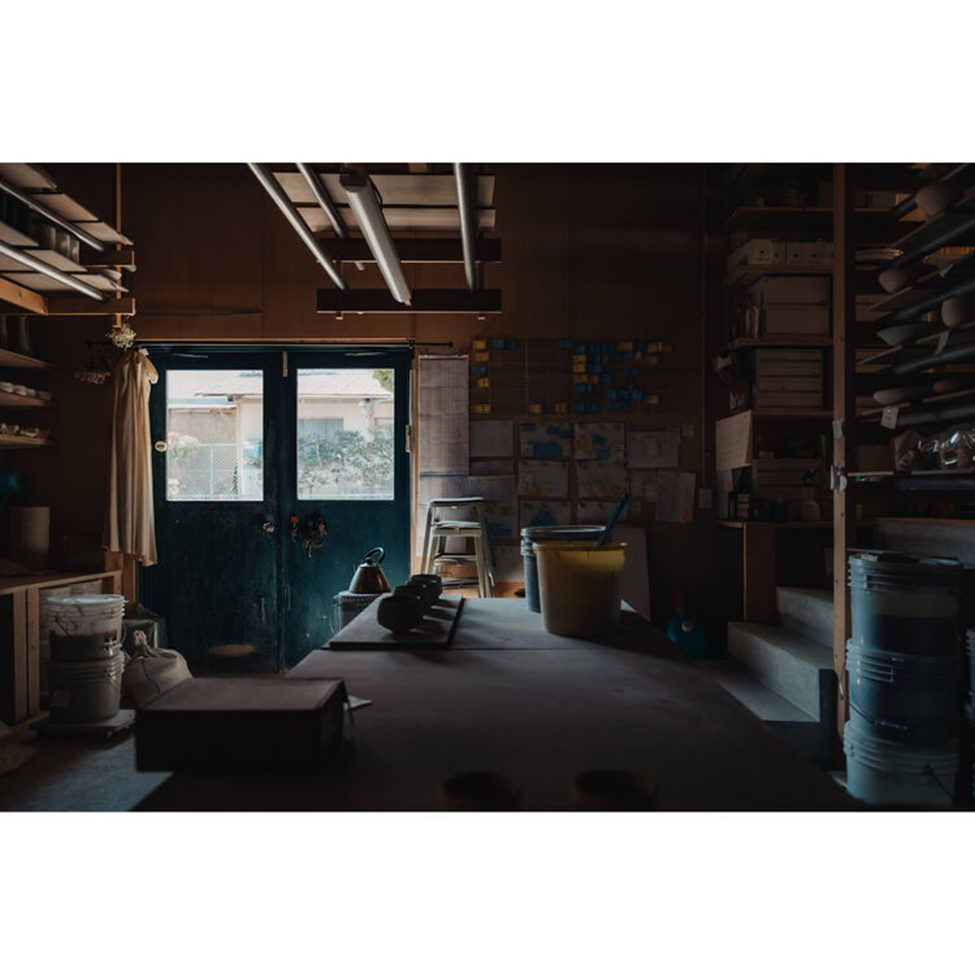

Sigma’s Statement of Intent
This release represents more than just another lens launch – it’s Sigma’s bold rejection of the “APS-C is dead” narrative.
While other manufacturers seemed content to treat crop sensors as stepping stones to full-frame, Sigma invested serious engineering resources in pushing APS-C performance boundaries.
The timing feels especially bold given industry trends. Camera sales continue declining, full-frame bodies are more affordable than ever, and smartphone photography keeps improving. Yet Sigma looked at this landscape and decided to create something genuinely unique for the format everyone was writing off.
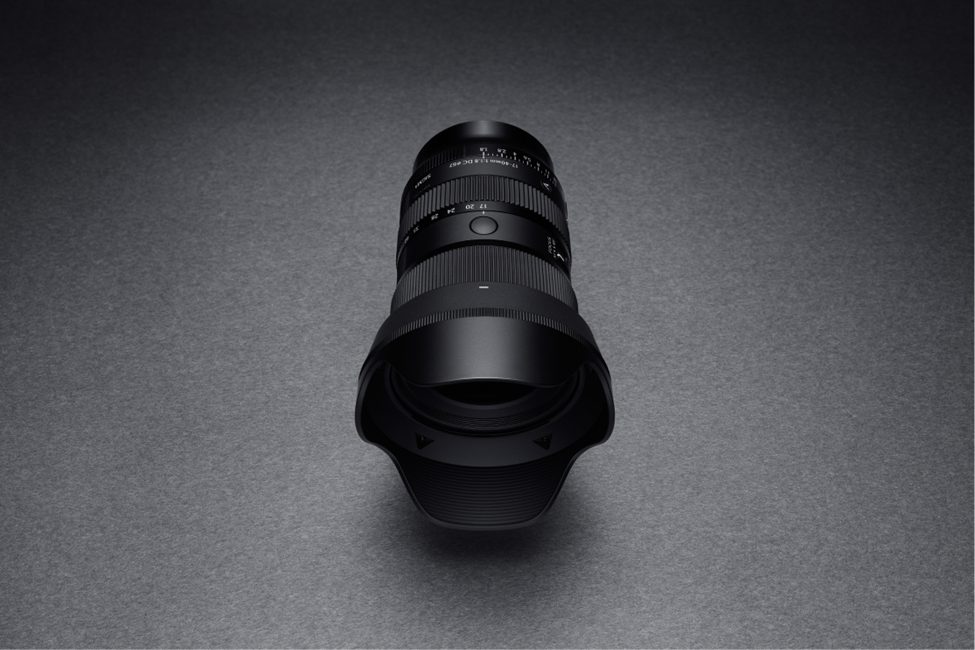

The Verdict: Bold Vision, Impressive Execution
The 17-40mm f/1.8 DC Art represents the kind of bold engineering that keeps photography exciting. It gives APS-C shooters another reason to feel proud of their system choice.
Is it perfect? No lens is. The digital distortion correction, mount limitations, and equivalence realities are worth acknowledging.
But for its intended audience – serious APS-C shooters who refuse to compromise on image quality – Sigma has delivered something versatile and of quality. Seems like a good purchase for many APS-C shooters.
Continue the conversation with fellow photographers in our forum about this Sigma Lens: https://forum.luminous-landscape.com/index.php?topic=144817.0
Read this story and all the best stories on The Luminous Landscape
The author has made this story available to Luminous Landscape members only. Upgrade to get instant access to this story and other benefits available only to members.
Why choose us?
Luminous-Landscape is a membership site. Our website contains over 5300 articles on almost every topic, camera, lens and printer you can imagine. Our membership model is simple, just $2 a month ($24.00 USD a year). This $24 gains you access to a wealth of information including all our past and future video tutorials on such topics as Lightroom, Capture One, Printing, file management and dozens of interviews and travel videos.
- New Articles every few days
- All original content found nowhere else on the web
- No Pop Up Google Sense ads – Our advertisers are photo related
- Download/stream video to any device
- NEW videos monthly
- Top well-known photographer contributors
- Posts from industry leaders
- Speciality Photography Workshops
- Mobile device scalable
- Exclusive video interviews
- Special vendor offers for members
- Hands On Product reviews
- FREE – User Forum. One of the most read user forums on the internet
- Access to our community Buy and Sell pages; for members only.



